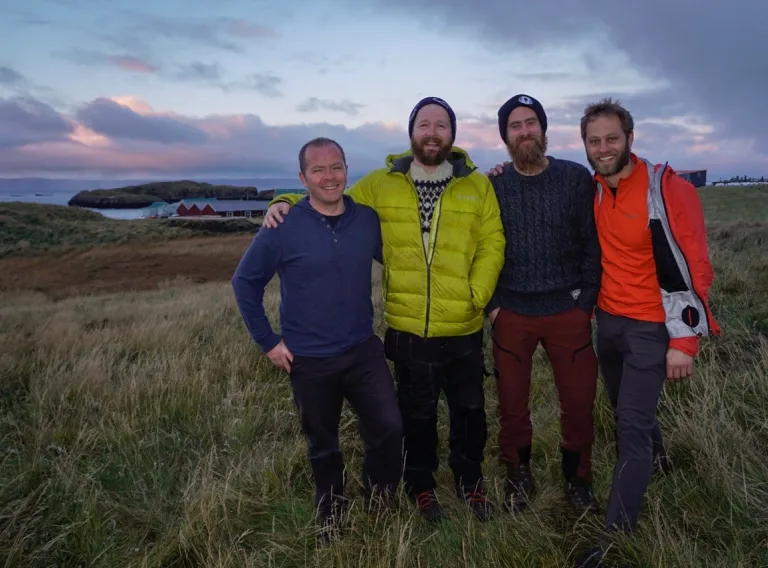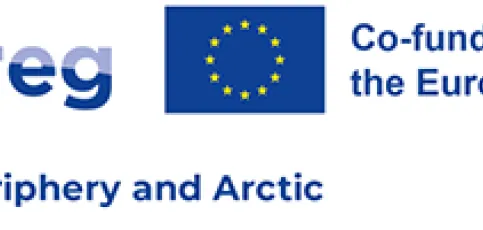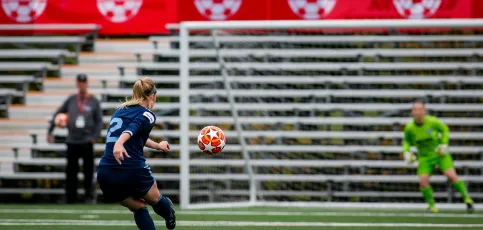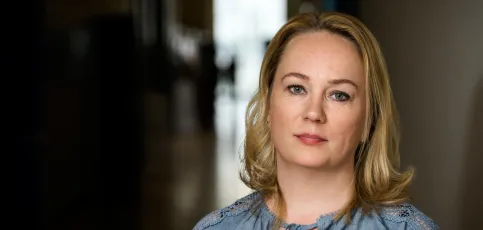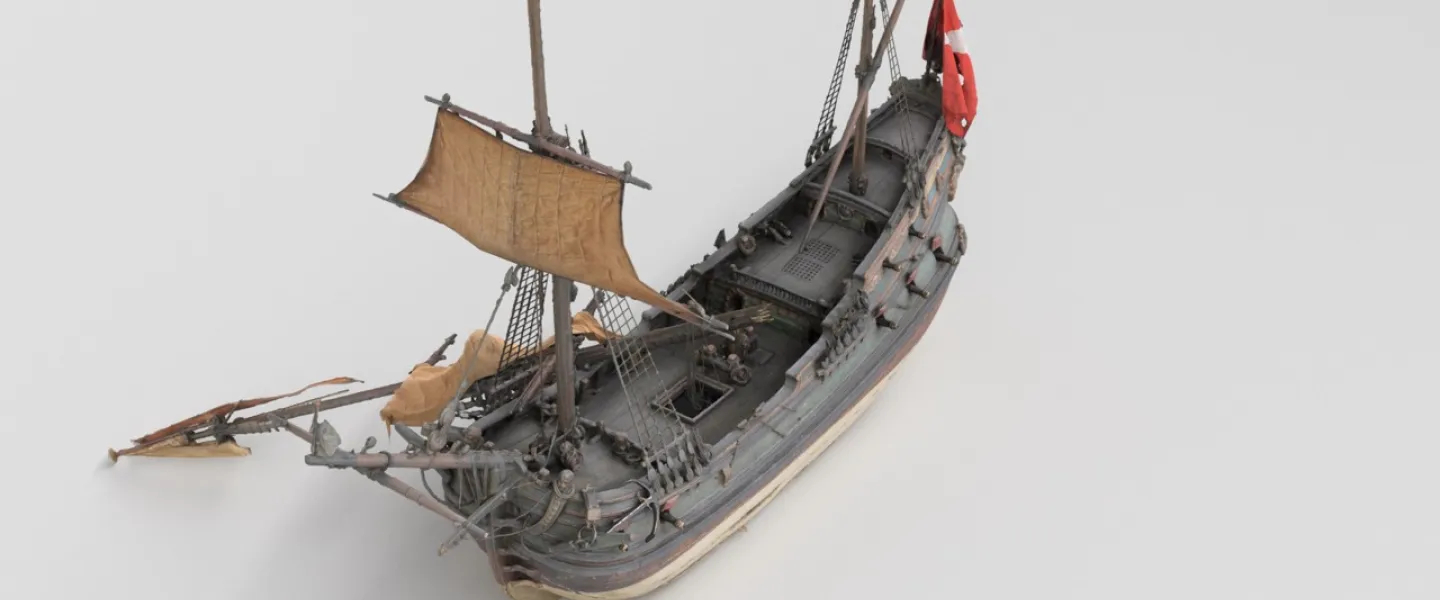
Research scientists at the University of Iceland and Flinders University in Australia have developed a virtual realty so that anyone can "dive" around the shipwreck of the Dutch merchant vessel Melckmeyt, that sank by the island Flatey in Breiðarfjörð in October 360 years ago.
Research scientists have thus succeeded in combining information technology, virtual reality, archaeology, and history, in line with the University of Iceland's special emphasis on enhancing the use of IT. It is safe to say that the research approach is completely novel. The research scientists have also published an article in IEEE Proceedings on their study and the innovative way to present the results.
"The main product of the research, my doctoral thesis, will probably be read by no more than a hundred people or so, but this approach enables thousands - potentially millions - to access the results in an interesting way," says Kevin Martin, doctoral student at the University Iceland who led the research on the wreck. The study forms part of his doctoral project on the Danish retail monopoly in Iceland from 1602 to 1787.
"Using virtual reality you can dive down to the wreck without dipping your toe in water," Kevin says with a laugh. "We have been able to reproduce the bottom of the sea in high definition, so technically speaking the public viewing the scene may spot something on the wreck that we missed on our diving expeditions!"
A completely new approach using digital archaeology
The wreck of the Melckmeyt (the Milk maiden) was found in 1992 and has been preserved exceptionally well. Kevin Martin has studied the wreck in recent years alongside scientists from the Netherlands and Australia. His supervisor is Gavin Lucas, Professor of archaeology at the University of Iceland.
According to Kevin specialists in digital archaeology at Flinders University have been instrumental in developing solutions that make exploring the wreck possible for the public. The experience is in 3D and with a 360° radius. This solution shows the wreck itself as it was in the moments after it sank," says Kevin.
The diving is now accessible on youtube
